|
My first encounter with Silesian whitework embroidery was when I attended a short course with Elisabeth Bräuer at ArtTextil. When you have been following my blog for some time, you might remember the small sampler with surface embroidery and needlelace I made then. During this course we used materials that are readily available, but not necessarily historically correct nor good options when working this type of embroidery. So, when Michael (a former RSN-student of mine) enquired if I would join him for a private course with Elisabeth Bräuer, I said yes. An excellent opportunity to work a bigger piece with linen thread on linen fabric. A first for me! The historical pieces in the pictures above (left an apron and on the right a scarf) were stitched on very, very fine 'Schleier-Leinen' or veil linen. As far as I know, this type of linen is now completely unavailable (it is NOT batiste!). But please, do put me right AND out of my misery when you know of a source! To stitch, the young women and soon brides-to-be, used linen thread of various thicknesses. Now if all linen threads you ever encountered where these horrible threads produced by DMC, then you probably don't like the prospect of stitching with linen thread! Neither did I. However, since Yvette Stanton has done such incredible research on Early Style Hardanger and has tested various brands of linen threads, I took the plunge and ordered a selection of Bockens Knippelgarn and Goldschild thread. And I LOVE them! Yes, they are a little stiff and require more 'work' when pulled through your fabric. However, their texture and slight sheen combined with your pristine linen fabric is to die for. So, what will I stitch? Well, not a table cloth as suggested by my dear teacher. You can really scare the pyjamas out of me by proposing table cloths. I am not old enough for that kind of embroidery yet. Table runners ok, table cloths taboo. As one of my other passions is folk costume, I really wanted to stitch an apron. Slight problem: my ancestors came from Thuringia and not from Silesia. This means I will hunt the shops for a very plain, probably blue, linen (yes, as you might have guessed, I am a sucker for linen!) Dirndl. My crisp white embroidered apron will look fab on it! Traditionalists are probably not going to be very happy with the prospect of me doing a bit of 'cultural-folk-costume-crossing'. Me not bothered a bit. Because, I have come to the understanding that the 'frozen-in-time' folk costumes we see today are just that: frozen in time. Whereas, when they were still 'alive', they used to evolve. Through migration in all its forms, new ideas were embraced and adapted. Historical events would have had their influences too. How did I tackle my apron design? I knew I wanted tulips. They are both a well-known aspect of folk art and happen to be quite abundant in my native Netherlands. Firstly, I started out with a historical Silesian apron design which featured a tulip border. I did however swap one of the needle lace bands for a different one. Then I did a search on the internet for 17th century Dutch polychrome tiles featuring tulips. Mixing and matching them into my corner design of a vase with tulips. I also used two tile designs as my 'Streublümchen' or scattered flowers. Yep, they are scattered over the rest of my apron. When I was finally happy with my design, I taped it onto my working table. Taped the linen fabric (Weddingen Kettgarnleinen) on top and started tracing with an aquatrick marker. A lot of tracing; the design measures 140 x 87 cm! But, I cheated a bit and did only one half. Just in case the ink starts disappearing as it takes me too long to stitch.
As all the surface embroidery is stitched in the hand, it is going to be the perfect project to unwind with at the end of the day! I can almost see me in my new attire! Can you too? Sorry, it never happened as I did not finish this project.
12 Comments
On Friday I had my second, and unfortunately last, lesson in Silesian whitework with Elisabeth Bräuer at ArtTextil, Dachau. As I had prepared all the surface stitching on my sampler, I could now fill the holes with needle lace using cotton crochet thread #80. I am used to work my needle lace quite dense. However, Hirschberg needle lace is worked very open. My first attempts were clearly too dense, then invitably some became too open until I finally arrived at something in the middle. As our stitching afternoon with Mrs Bräuer wasn't long enough to try out all the different types of needle lace, I struggled quite a bit with the drawings and discriptions she had given us (see previous post for a link to a PDF on Mrs. Bräuer's website). Some parts came out four times and even the fifth final version isn't quite right. So, I really hope Mrs. Bräuer will hold another course in the future! This is what my finished sampler on Bielefelder Kettgarnleinen looks like: Let's explore the history of the Hirschberg needle lace a bit. This particular type of needlelace started to emerge around 1856 in the Hirschberg valley. Due to the continental system under Napoleon (1805-1813), the linen weavers in this area prospered as the British competition fell away. However, when trade functioned normal again, British linen had become much cheaper due to the fact that the process had been mechanised as a result of the Industrial Revolution. To provide the linen weavers with a different source of income, lace schools were opened where girls would be taught Venetian needle lace. One of these schools was established by Fürstin Daisy von Pleß. She was born in 1873 at Ruthin Castle in Wales. She married Fürst Hans Heinrich the 15th of Pleß, wealthiest heir in the German Empire, in 1891. Although at first she didn't really like the primitive life in Germany, she became very popular with the local people. She instigated many projects to help women, children and the disabled. She was at the center of high society before the Great War and her extravagant lifestyle and family scandals were all over the tabloids. She was well aquinted with Kaiser Wilhelm II, King Edward VII and the Queen of Rumania.
Sadly, it all didn't last. Due to the war, she had to leave her new home in Silesia. And although she was met with a lot of dispise due to the fact of her British nationality, she worked as a nurse and took care of wounded soldiers. After the war, she divorced her husband. As a result of chronic medical conditions and social isolation, she died lonely and poor in 1943 in Waldenburg (now Poland). Last Friday, I attended a course on Silesian whitework by Elisabeth Bräuer at ArtTextil in Dachau. This particular form of whitework was practiced by the German population of Silesia, which after the second World War became part of Poland. Those Germans that had not fled for the Russian army, were expelled by the new rulers and fled into Germany. They brought with them their cultural heritage and folk costumes. The linen apron worn on feast days and for other special occasions was richly decorated with whitework and needlelace. On Friday, we started by practicing the surface stitches with cotton a broder (#16 - #30) on a scrap of linen. This particular form of whitework only uses buttonhole stitch, satin stitch, french knots, chain stitch and eyelets. As with for instance Richelieu, parts are cut out and the rim is strengthened with buttonhole stitch. The order of work is a little different though. You start by outlining the design line with a double row of closely worked running stitch. Then you make cuts in the middle and you turn the unwanted fabric flaps under. The edge is then fastened with not too closely worked buttonhole stitch. Any unwanted fabric bits still protruding on the back, are then cut off. The so formed holes are then filled with needlelace using crochet yarn #80. There are about 19 different forms of this needlelace. However, only five different patterns were ever used on one apron. I presume that using more would result in an unbalanced and unpleasing design. The needle lace consists of differently worked buttonhole stitches and is anchored in the previously worked buttonhole rim. The aim is to create a very open lace. This results in a striking contrast between the surface stitches done in a thick type of thread and the lace being worked very open in a thin type of thread. I must confess that I find this contrast not very esthetically pleasing. One of the things I had to come to terms with was the very different technical aspects of working the surface stitches. I am a stabber and I don't sew my embroidery stitches. And I am simply too old to change :). It always takes me a while to translate the demonstrated 'sewing' into 'stabbing'. Furthermore, I am used to outline with split stitch before I cover with satin stitch. Silesian women used running stitch. Since I wanted to learn this particular type of embroidery, I went with it. But it wasn't a success. My leaves aren't as crisp as they normally would be. Another technical improvement I would make, concerns the cutting of the fabric. I would outline with one row of closely worked running stitch, then cut and then secure the unruly flaps of fabric with my second row of running stitch. This prevents the fabric pieces from being caught up in the subsequent buttonhole stitching. This is how far I have come preparing for coming Friday which sees the second part of our course when we will learn to do the different Hirschberg lace patterns. I will tell you all about it in next week's blog post. Would you like to try your hand at this particular form of whitework? No problem. Elisabeth Bräuer has kindly published the instructions on her website. Do browse through the different articles, although they are all in German, they do have lovely pictures of embroidered Silesian folk costumes.
|
Want to keep up with my embroidery adventures? Sign up for my weekly Newsletter to get notified of new blogs, courses and workshops!
Liked my blog? Please consider making a donation or becoming a Patron so that I can keep up the good work and my blog ad-free!
Categories
All
Archives
July 2024
|
Contact: info(at)jessicagrimm.com
Copyright Dr Jessica M. Grimm - Mandlweg 3, 82488 Ettal, Deutschland - +49(0)8822 2782219 (Monday, Tuesday, Friday & Saturday 9.00-17.00 CET)
Impressum - Legal Notice - Datenschutzerklärung - Privacy Policy - Webshop ABG - Widerrufsrecht - Disclaimer
Copyright Dr Jessica M. Grimm - Mandlweg 3, 82488 Ettal, Deutschland - +49(0)8822 2782219 (Monday, Tuesday, Friday & Saturday 9.00-17.00 CET)
Impressum - Legal Notice - Datenschutzerklärung - Privacy Policy - Webshop ABG - Widerrufsrecht - Disclaimer

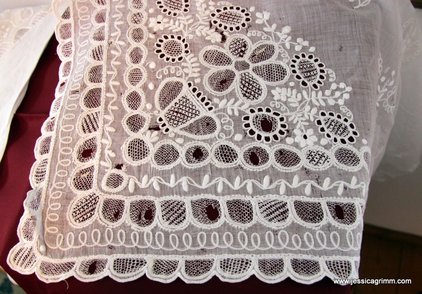
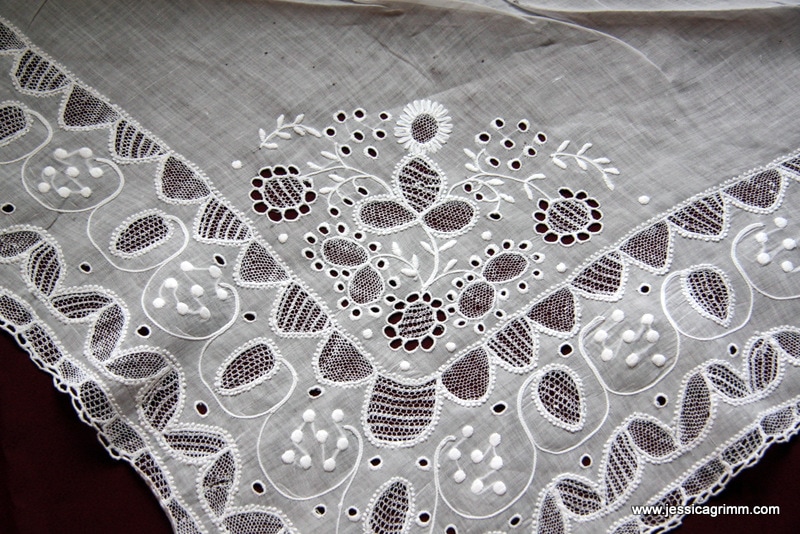
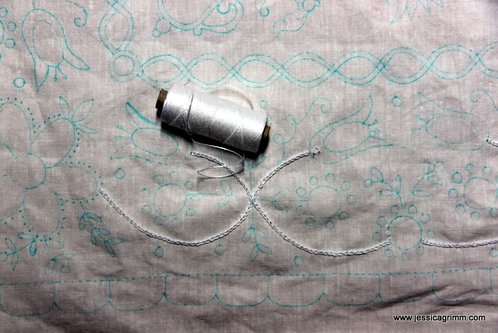
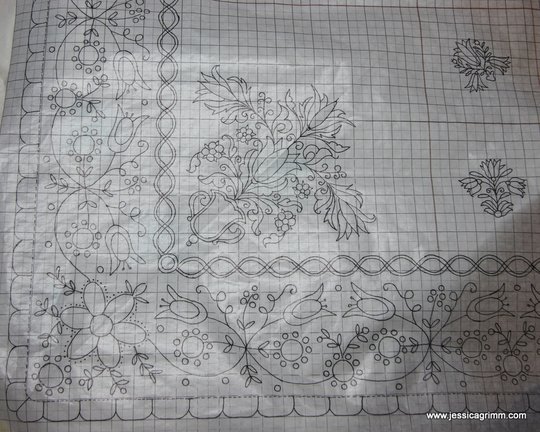
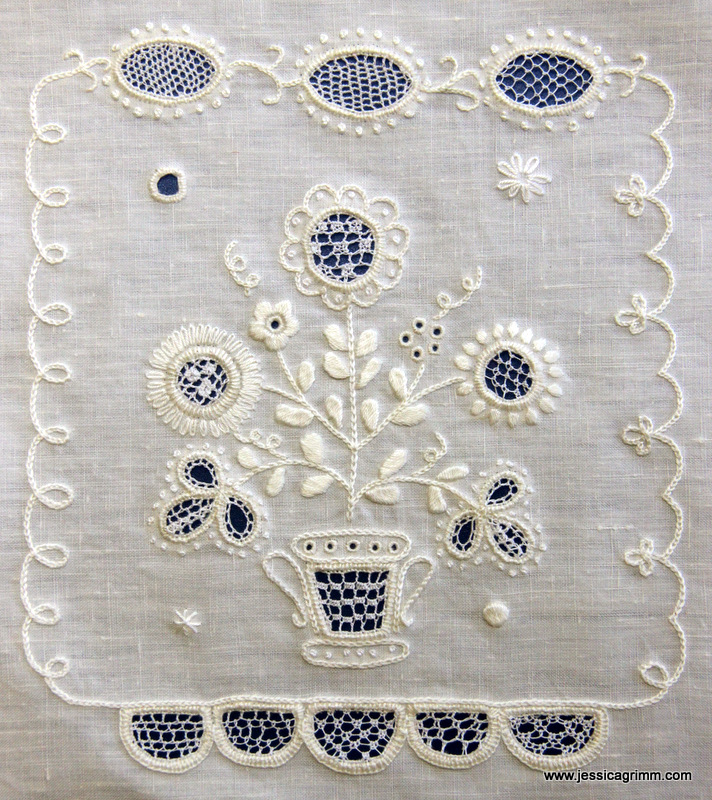
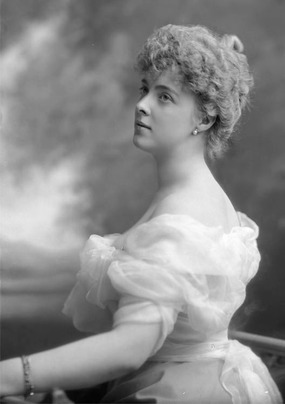
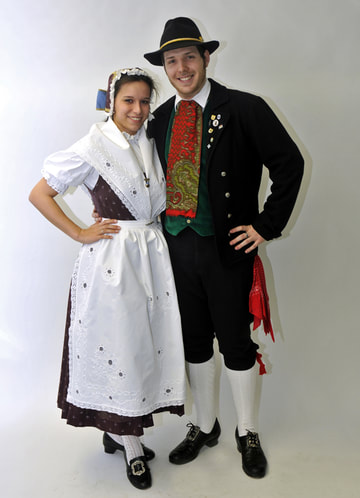
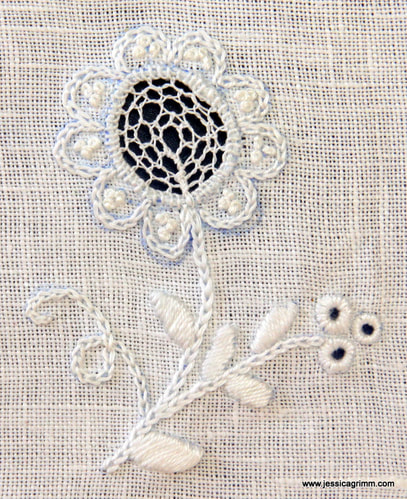
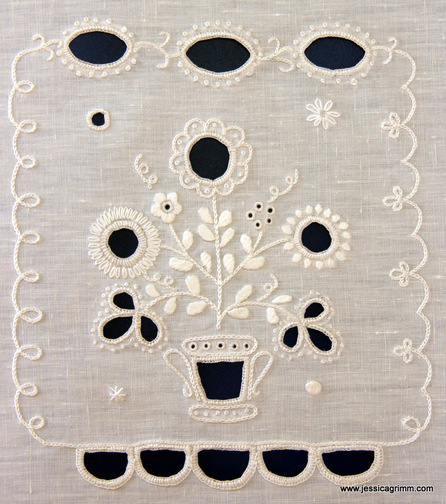





 RSS Feed
RSS Feed